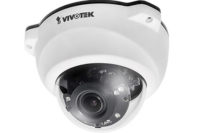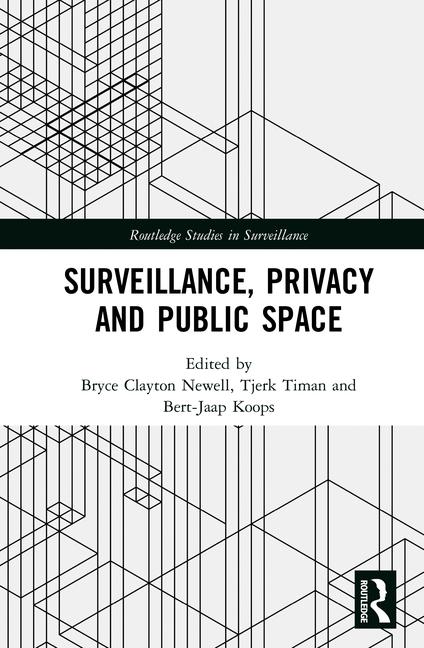The dramatic video was taken by Tim Samaras, senior engineer at Applied Research Associates, Littleton, Colo. It was broadcast on television stations nationwide and reproduced with an article in “National Geographic†magazine. Samaras chases tornados for months during the summer and designed the probe.
The seven cameras inside the probe were the KPC 650 CH high-resolution color analog cameras from KT&C, the Korean manufacturer with U.S. headquarters in Los Angeles. According to Steve Je, KP&C marketing director, “The whole body is not one solid part, but it is strong enough to survive the main purpose.â€
Adds Samaras, “I selected the camera because of its small size, sensitivity, high resolution and incredibly fast shutter speeds under bright conditions of 1/64,000 of a second in bright daylight,†Samaras noted. “This was an important factor in capturing the debris moving along at 50-80 meters per second, which is over 100 miles per hour (mph).â€
Freezing the debris’ movement was crucial to using a technique called photogrammetry to calculate the wind speeds at ground level inside the tornado. “You can see the veins of leaves as they fly past,†he pointed out.
Samaras measured the distance a stick of debris traveled during the 16.6 milliseconds between its two appearances in successive video frames of the same camera to estimate the wind speed.
The probe, which is made of one-quarter-inch steel, has seven mini-DV recorders on the bottom of it underneath the cameras, which peer through windows of half-inch Lexan. One camera points directly up.
The entire probe weighs 85 pounds and is hermetically sealed and waterproof. A single switch turns on all the cameras and hard drives.
Samaras estimates it would cost $15,000 to build another such probe, of which there are two. A different probe Samaras also placed at the site measured some of the meteorological conditions of a tornado, such as temperature, humidity, wind speed and other conditions.
Unlike most debris in a tornado, the probes remained on the ground despite the high winds. Their squashed shape is key to their ability to stay put. “That pointy tip [at the top] breaks up the air flow and causes turbulence and prevents it from lifting off,†Samaras explained.
Samaras uses mini-DV compression with analog cameras because he wants to avoid high compression rates. “I don’t think the technology is there to give me good enough resolution without too much compression,†he declared. “To put it on a flash card, that’s where I’d like to go, but that’s not there yet.â€
Samaras still aspires to having a tornado’s eye pass directly over a probe. “Scientifically, you could argue whether that is important or not,†he conceded. “We’re interested in the corner region of the tornado where the highest wind speed reaches the ground. I find it fascinating.â€
The information may help in the design of buildings to withstand tornado-force winds. For more information, visit www.thunderchase.com.



